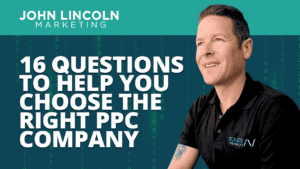
Top 16 Questions to Ask a PPC Company in 2024
In 2024, choosing the right PPC company is not just about spending your advertising budget. You want to make every cent count towards your business
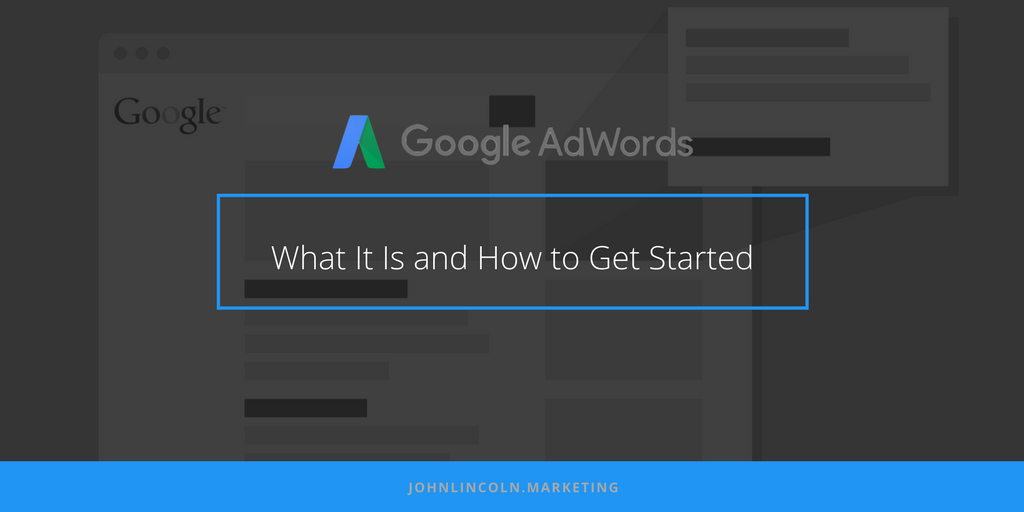
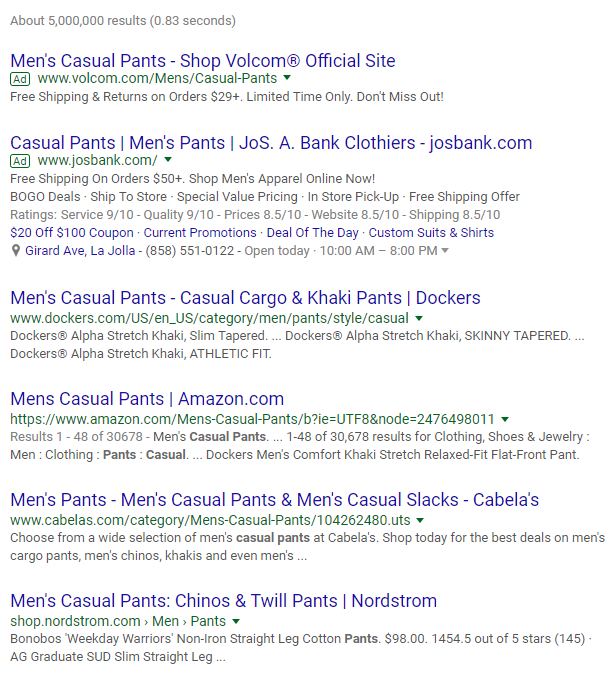
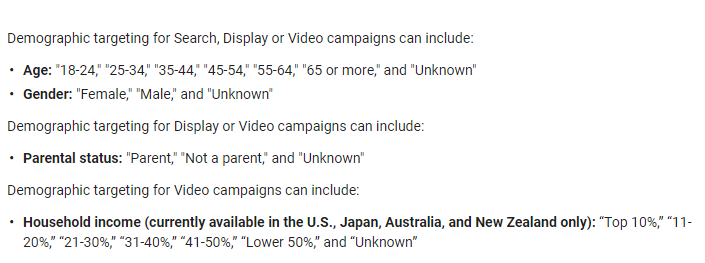 The ability to target your ads so that they appear only to people who you want to see them is yet another advantage that digital marketing offers over some of the more traditional advertising methods.
The ability to target your ads so that they appear only to people who you want to see them is yet another advantage that digital marketing offers over some of the more traditional advertising methods.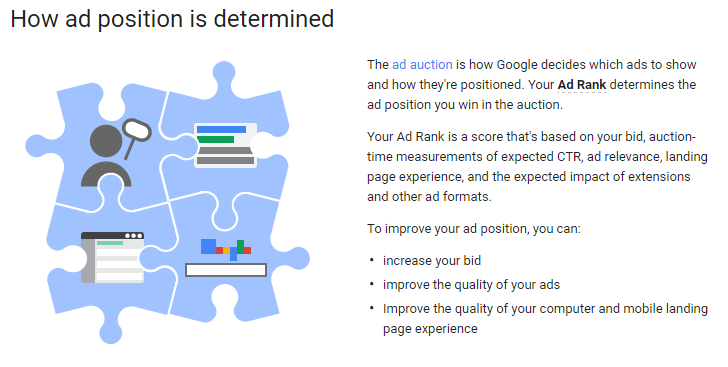 Here’s why the Quality Score matters: Google doesn’t just care about making money. It’s also concerned with user experience. For example, let’s say that you bid on the keyword “casual slacks” for an ad that has nothing to do with casual slacks. Google doesn’t want to show that ad to users because it’s not relevant to their search term. Google evaluates an ad based on relevance to its keyword. That contributes to its Quality Score. Additionally, Google looks at the ad’s landing page as a factor in determining the Quality Score. It not only evaluates the content but the user-friendliness of the page as well. Google also looks at the expected and historical clickthrough rate (CTR) of an ad as a contributor to the Quality Score. That means ads with historically higher CTRs are likely to have a higher quality score.
Here’s why the Quality Score matters: Google doesn’t just care about making money. It’s also concerned with user experience. For example, let’s say that you bid on the keyword “casual slacks” for an ad that has nothing to do with casual slacks. Google doesn’t want to show that ad to users because it’s not relevant to their search term. Google evaluates an ad based on relevance to its keyword. That contributes to its Quality Score. Additionally, Google looks at the ad’s landing page as a factor in determining the Quality Score. It not only evaluates the content but the user-friendliness of the page as well. Google also looks at the expected and historical clickthrough rate (CTR) of an ad as a contributor to the Quality Score. That means ads with historically higher CTRs are likely to have a higher quality score. 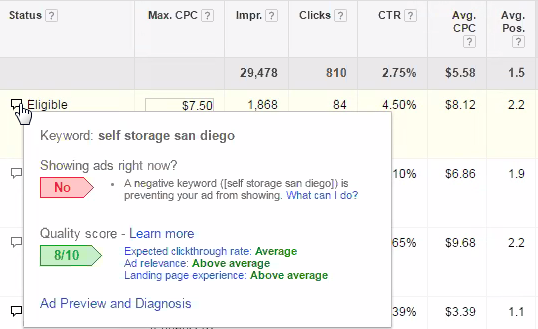 Finally, Google also looks at your AdWords account history. If you’re a credible brand, your Quality Score will be adjusted upwards accordingly.
Finally, Google also looks at your AdWords account history. If you’re a credible brand, your Quality Score will be adjusted upwards accordingly.Great Reads!

Welcome to John Lincoln’s personal website. You can learn about John Lincoln’s books, films, book him to speak and contact him. John is directly associated with many of the businesses mentioned on this website and freely discloses this information.

John Lincoln is CEO of Ignite Visibility, one of the top digital marketing agencies in the nation. Ignite Visibility is a 6x Inc. 5,000 company. Ignite Visibility offers a unique digital marketing program tied directly to ROI with a focus on using SEO, social media, paid media, CRO, email and PR to achieve results. Outside of Ignite Visibility, Lincoln is a frequent speaker and author of the books Advolution, Digital Influencer and The Forecaster Method. Lincoln is consistently named one of the top digital marketers in the industry and was the recipient of the coveted Search Engine Land “Search Marketer of The Year” award. Lincoln has taught digital marketing and Web Analytics at the University of California San Diego since 2010, has been named as one of San Diego’s most admired CEO’s and a top business leader under 40. Lincoln has also made “SEO: The Movie” and “Social Media Marketing: The Movie.” His business mission is to help others through digital marketing.
Want to get in touch with John Lincoln? Click Here To Reach Out.

In 2024, choosing the right PPC company is not just about spending your advertising budget. You want to make every cent count towards your business

Whether you’re a seasoned marketer or just starting out, conversion rate optimization (CRO) is a powerful tool that can boost your sales, leads, and overall

Feeling overwhelmed by the sea of SEO companies out there? You’re not alone! Choosing the right partner is crucial for achieving your online marketing
 John Lincoln Speaking At WeddingWire World in DC 2017
John Lincoln Speaking At WeddingWire World in DC 2017 John Lincoln Speaking at WeddingWire World DC 2017 The Power of SEO: How to Improve Your Rankings With over 1000 attendees, WeddingWire